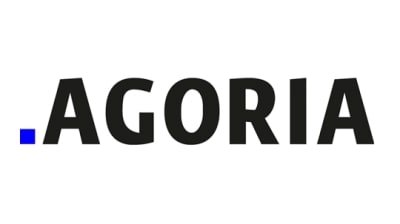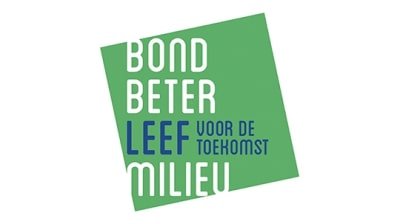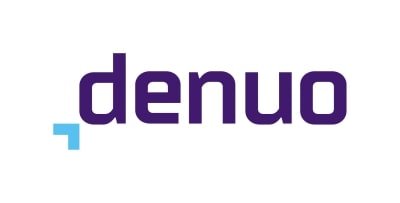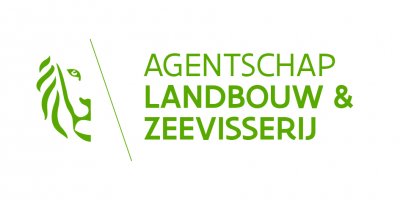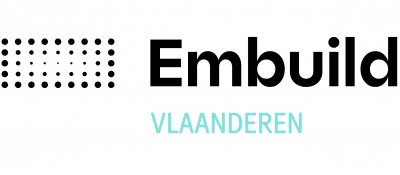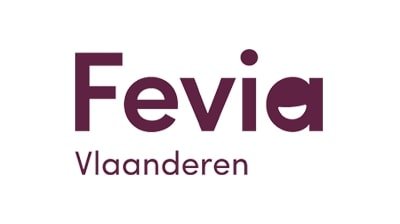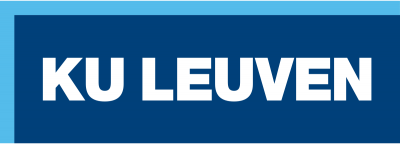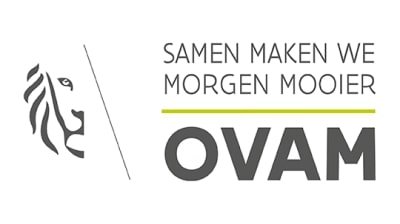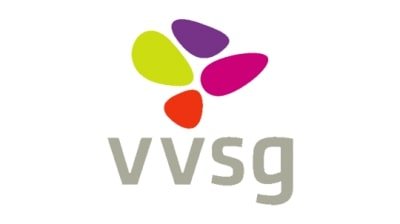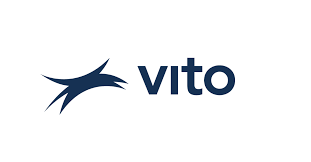Topics
We organise our actions in six thematic & strategic agendas:
Strategic Agendas:
Bio-economy
Circular Construction
Chemicals/Plastics
Manufacturing Industry
Food Chain
Water Cycles
Seven leverages provide additional support:
Leverage effects:
Lever Policy Instruments
Lever Circular Procurement
Lever Communication
Lever Innovation & Entrepreneurship
Lever Financing
Lever Jobs & Skills
Lever Research
What, why and how?
Why are we pursuing a circular economy?
Future visions 2050
How do we see our circular future?
About our management
Who steers what at Flanders Circular?
Q-lite
Modular LED displays in a circular model
Q-lite specializes in the development, production and sale of electronic information systems such as light displays, scoreboards and graphic displays. Q-lite is working on the transformation to a comprehensive circular business model.
1. Sustainable design.
The first step is a sustainable modular design. This means a design with materials that have a long life span and can be reused in the chain. The parts retain their value because they are not contaminated with other materials. The whole design is built with screw and click system so that all parts can be easily separated for reuse or recycling. Non-recyclable materials and material pollutants such as glue, foams are excluded.
The electricity bill is an important cost for an LED screen. Q-lite therefore offers support and additional technology to make the screens extra energy efficient. When the screen consumes more than indicated, Q-lite will refund the difference.
2. Sustainable raw materials
When purchasing materials it is important to check how many primary and secondary raw materials the product contains. Q-lite also checks the distance that the materials must travel to reach the factory and the end customer. The aluminum used consists of 80% recycled aluminum, melted down in the Netherlands using partially green electricity. This accounts for a carbon footprint up to 20 times smaller than for standard aluminum. Q-lite is also always looking for sustainable solutions for the steel, fasteners, glass, packaging and production environment.
3. Display as a Service
The 'Display as a Service' model is a circular business model whereby Q-lite retains ownership of a display and places it with the client for a period of 7-15 years (depending on the contract) in return for an annual fee for services.
The model is all-encompassing: the annual fee, installation, service, disassembly and electricity are included. The display can also be upgraded during the usage period.
4. Longevity.
The modular design makes the displays easy to maintain and upgrade. In this way Q-lite extends the life of the displays. For example, it is possible to build in additional sensors even after delivery, or to replace the LED panels with higher resolution panels after 7 to 8 years. The full color displays have a very long lifetime of +10 years and through the circular DaaS (Display as a Service) model even guaranteed 15 years.

5. Smart maintenance
With a cloud application Q-lite can monitor the displays remotely. A large proportion of defects can therefore be immediately rectified remotely. When an intervention is needed, the diagnosis is usually already established and Q-lite can work in a very targeted manner. This has enabled them to reduce the number of interventions per 1000 screens by 35%.
6. Re-use and recycling
When the screen reaches the end of its lifecycle Q-lite offers the option to take back the screen. Due to the modular design, the various raw materials can be easily separated and recycled to a high standard. It is also possible to upgrade the screen and put it back on the market. The recycling takes place within Europe.

